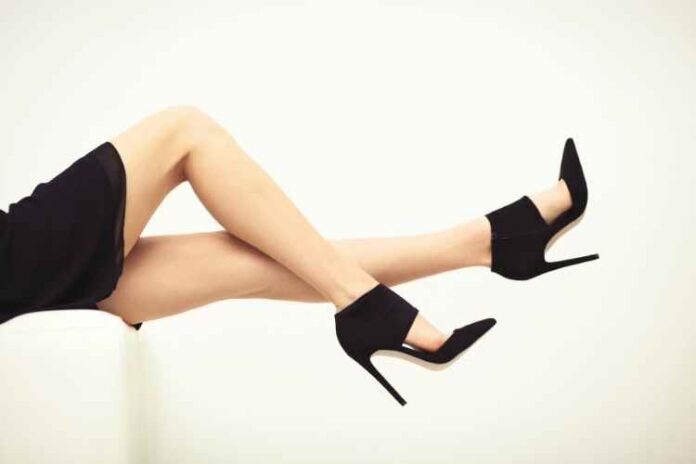The footwear industry is one of the highest-grossing markets in Australia, generating a total revenue of over 2.8 billion AUD in 2020. The most popular among them are women’s heels which can be worn anywhere from a casual date to an official event. Although heels are predominant in the women’s fashion world, they have a long history with different genders. They have been around for centuries and have been a fashion choice in many countries.
The Origin of Heels as We Know it
The earliest known design of high-heeled footwear originates in the 10th century CE from ancient Iran, which was then known as Persia. However, it did not originate as fashion wear. The Persian army and cavalrymen had the honour of wearing high heels for practical reasons. The Persian army had excellent horseback soldiers who would charge toward the enemy and simultaneously fire a bow, standing up on their saddle. This skilful feat required them to wear heels to help their feet stay on the stirrups. Modern cowboys use this principle, using cowboy boots with block heels. Stone carvings in ancient Indian temples from the 12th century depict a female dancer in raised sandals, elevating her form.
From Practical Use to Fashion
Over the years, high-heeled footwear took over as a fashion trend and arrived in European countries through cultural exchange. Women of Spain and Venice were seen wearing high-heeled shoes called chopines by the 15th century. By the 17th century, the modern design of heeled shoes came to light with the toes being lower to the ground and the heels raised by a small block. Initially, men donned these shoes to showcase luxury and status. As only the men who did not have to be physically involved in work could practically wear them, heels became the shoes of princes, kings and noblemen. A well-known painting of King Louis XIV of France particularly featured him wearing red high heels showing off his power and wealth. Over the years, female courtesans also began wearing high heels.
A Revolutionary Entry to the Common World
By the 18th century, many common folks, especially women, began adapting the heeled fashion. Every day, women could be seen wearing high heels. Naturally, women’s heels had to be different from men’s to keep them distinct. Therefore, they were designed to be thinner and sleeker than their male counterparts. Eventually, during the Renaissance and the Enlightenment era, men discontinued wearing heels and women’s fashion took them over. However, at the end of the 18th century, during the French revolution era, people did not want to associate themselves with royalty. They feared being punished for symbolising royalty and promoting their lifestyles. As high heels were symbols of pride, power and royalty, many deemed them licentious and rejected them.
Revival in the Fashion World
In the later part of the 19th century, high heels underwent a revival appearing 2 inches in height. Over the years, more heel styles got patented and took their place back in the fashion industry, being statements of luxury. The Cromwell heels and the Pinet heel were two of the most popular styles. The invention of the sewing machine as a part of the industrial revolution enabled this generation to mass-produce heels and lower the costs. Despite the world war in the 20th century, the advent of photography, film and celebrity fashion heightened the demand for heels. Women wore them to accentuate their bodies and make their legs looks longer. Legendary fashion icons like Marilyn Monroe and Audrey Hepburn flaunted stiletto-heeled shoes, which fashionistas endorse, even today.


























